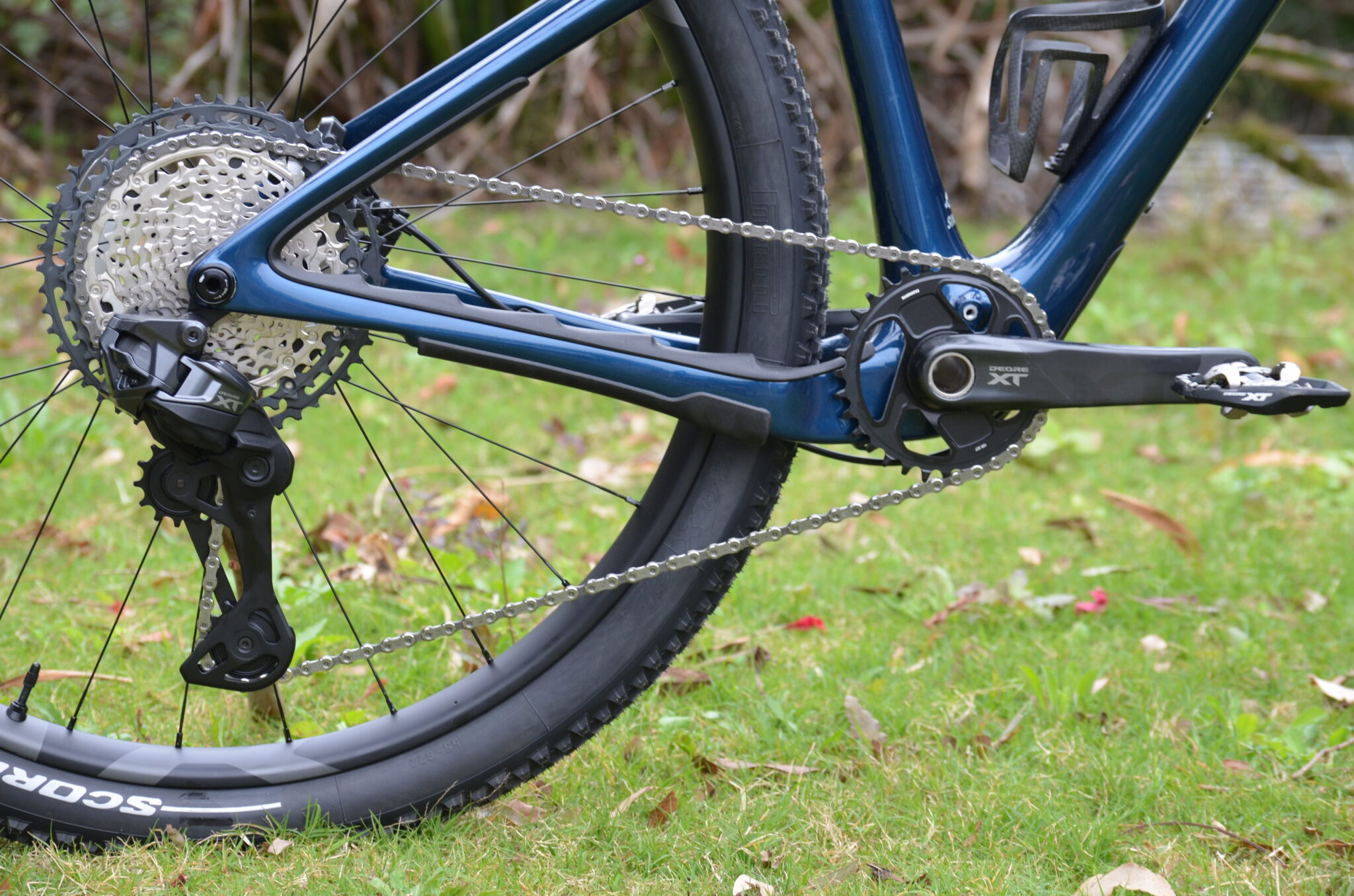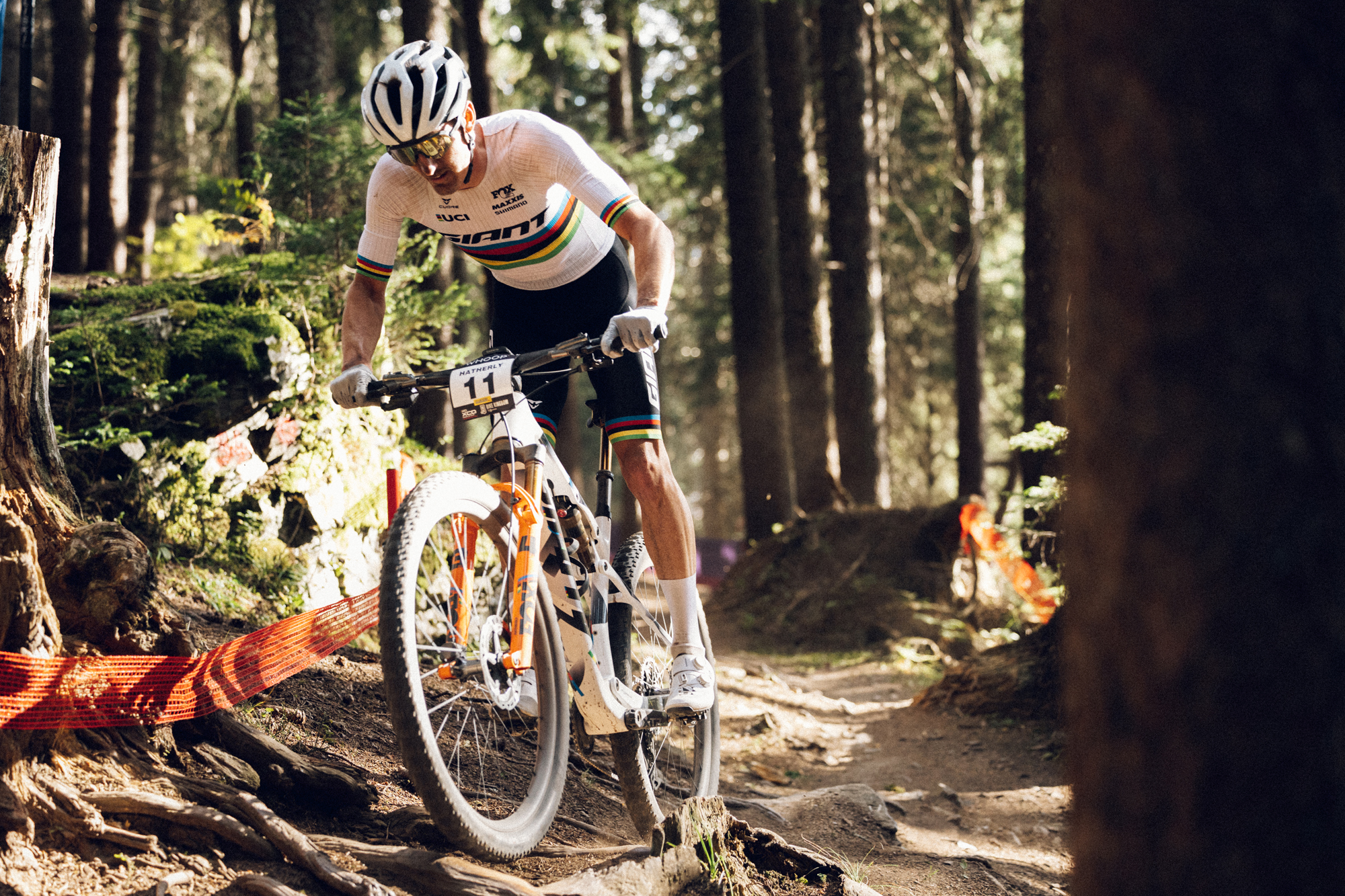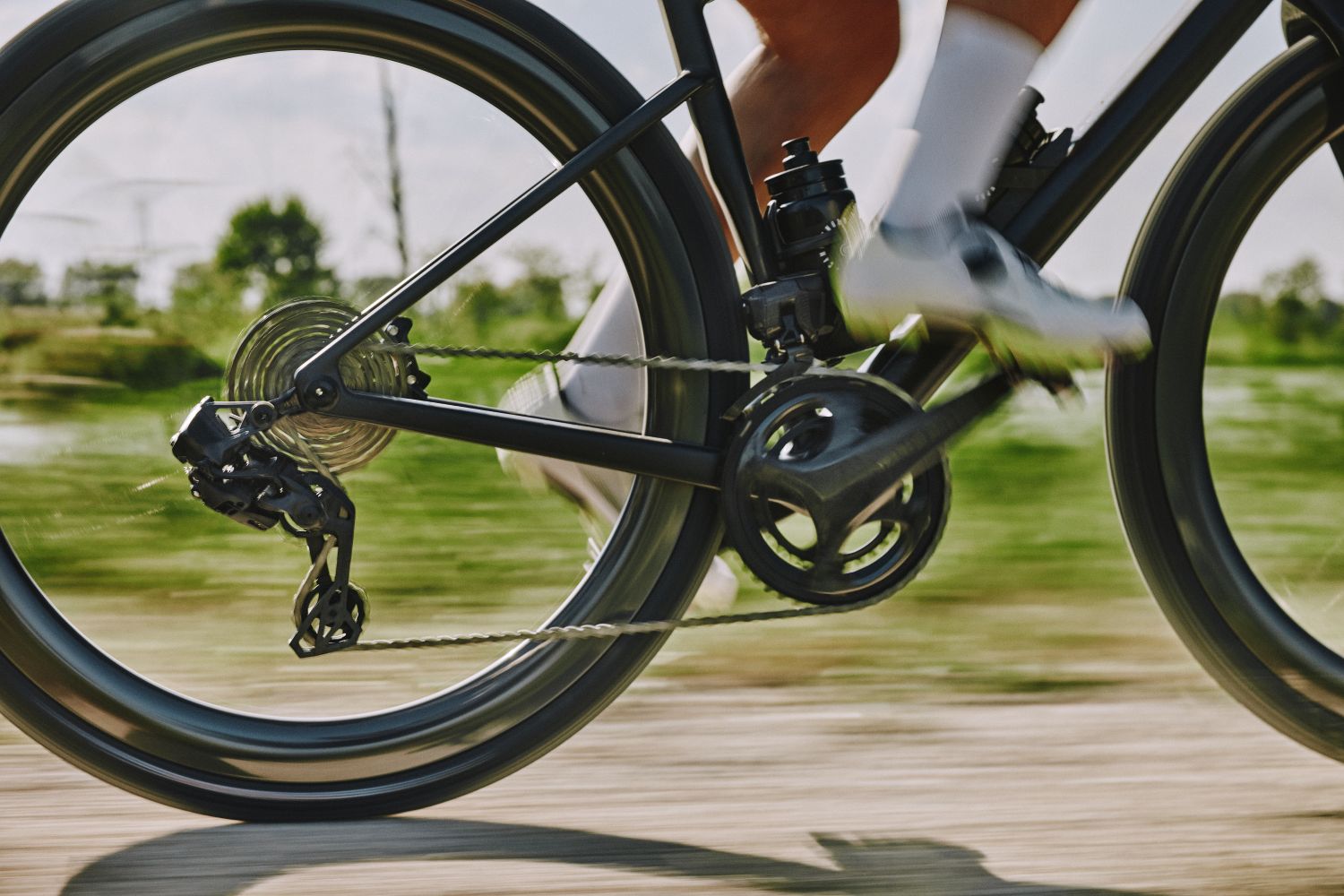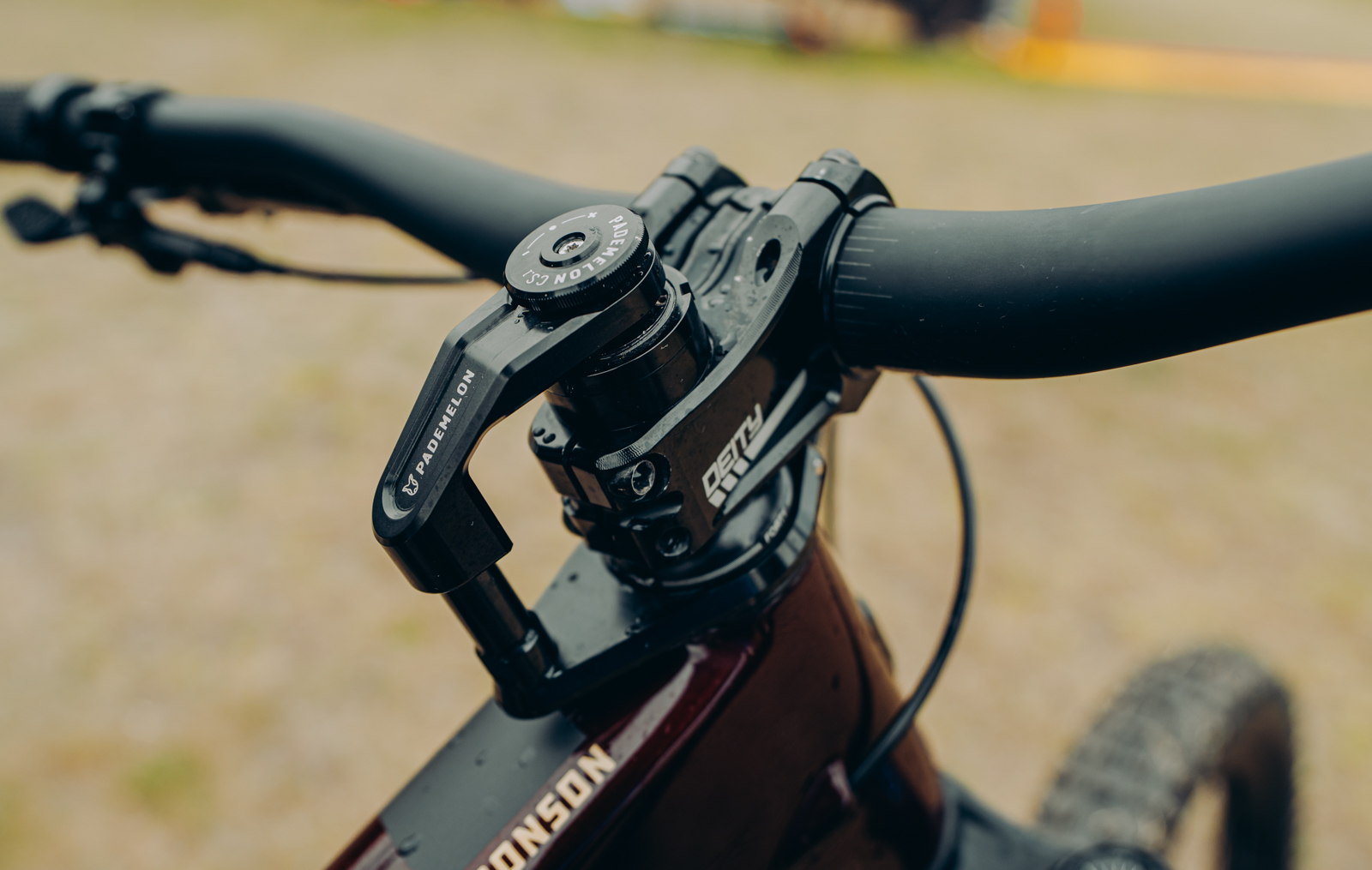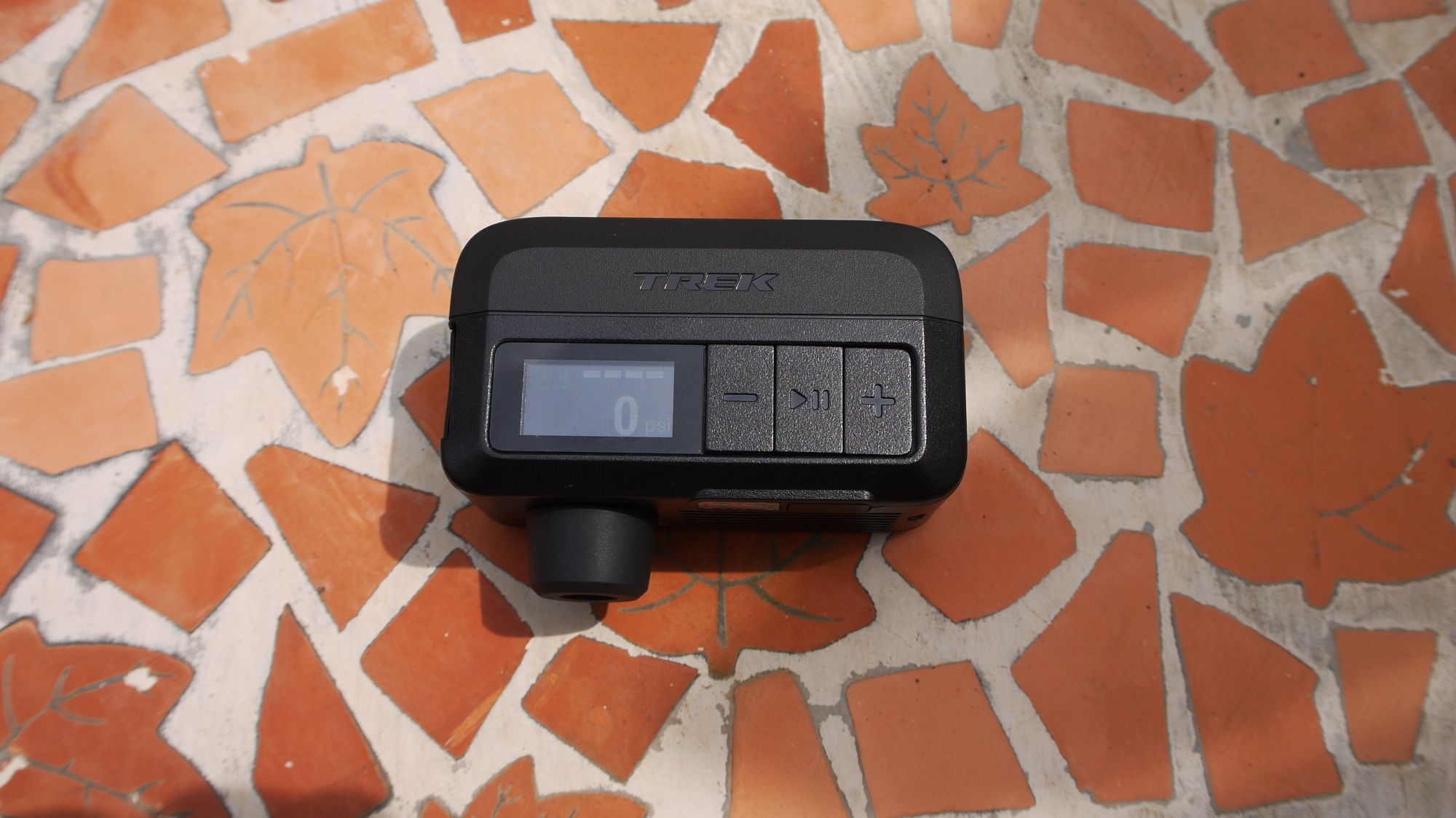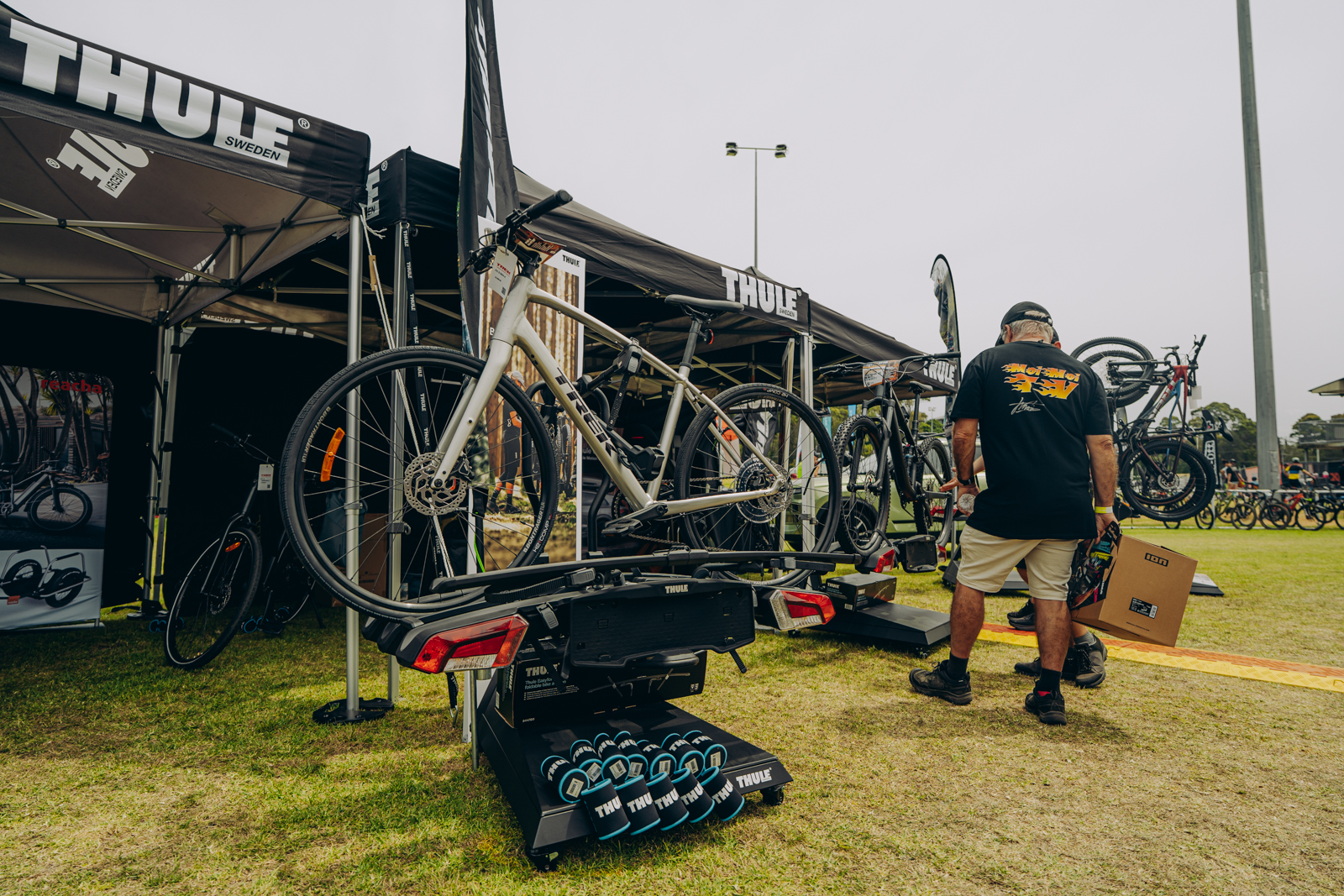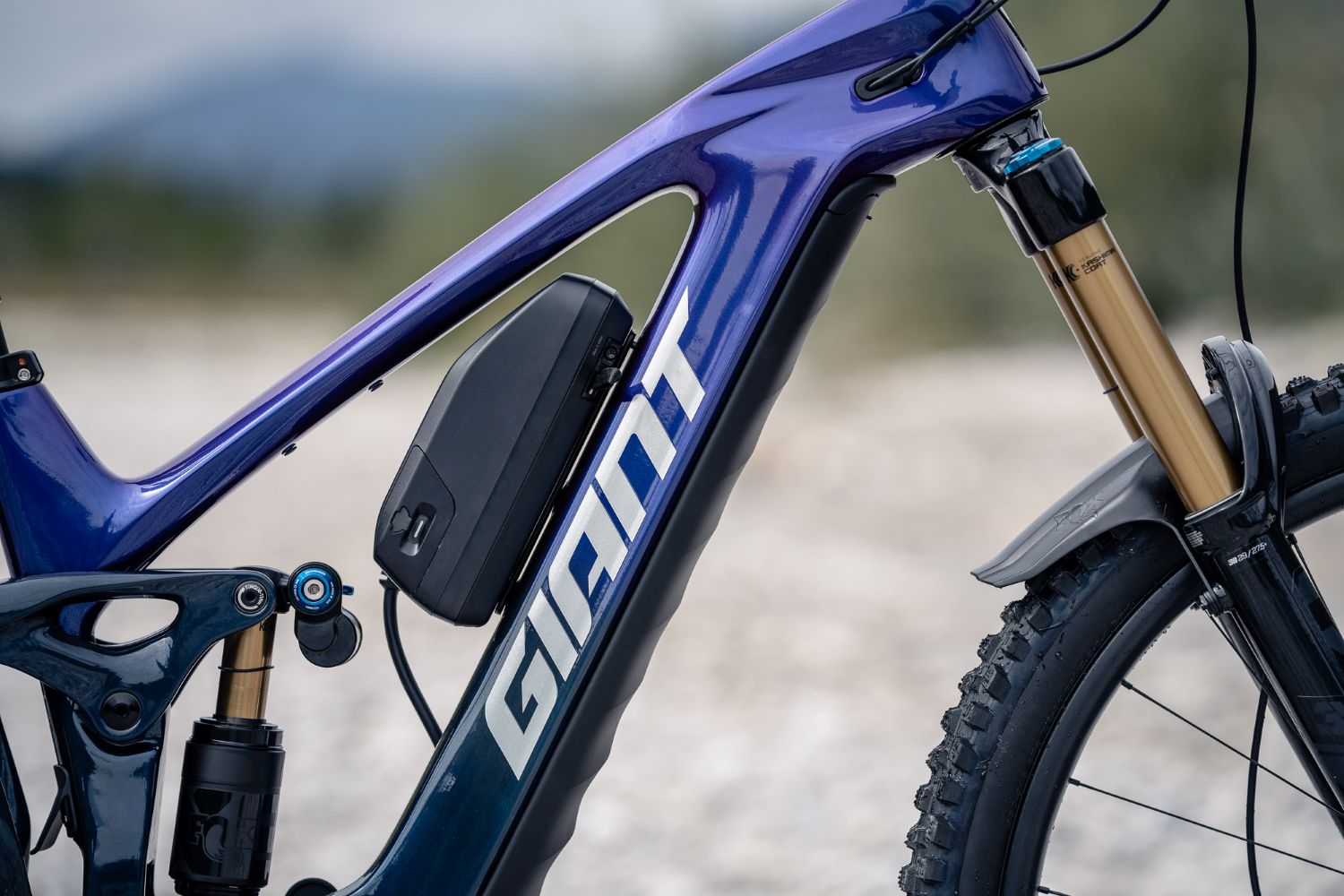Shimano’s XT Di2 Goes Wireless: Setup and Ride Tested
From install to trail, here’s how Shimano’s new XT Di2 wireless drivetrain performs straight out of the box
Shimano’s latest evolution of the Shimano Deore XT groupset brings wireless shifting to trail bikes with the XT Di2 Hyperglide+ system. Known for its reliability and durability, XT is a staple for aggressive trail and e-MTB riders, now with the precision of electronic shifting. In this article, we cover the full installation process of the new Shimano Deore XT Di2 drivetrain, including setup quirks, configuration tips, and our first impressions on the trail. Whether you’re considering upgrading from mechanical XT or wondering how it compares to SRAM AXS, here’s what you need to know.
Landing the new Shimano Deore XT Di2 in our workshop was super exciting, a zeal that could only be tempered by the requirement of having to install it on a bike before hitting the trails. You can check out our first look at the Shimano Deore XT Drivetrain here, but in this article we go through the installation and first ride impressions on the new drivetrain.
Installing the New XT Di2 Drivetrain
When it comes to installing the new Deore XT Di2, the process is similar to mechanical drivetrains. I built this onto a medium Yeti Arc hardtail to be my do-it-all trail/bikepack/shred/occasional cross country hardtail without (we hope) the maintenance upkeep of a dually.
While I am a mechanical lightweight compared to many in the industry (there were several late nights in the shed that tested not just the strength of Shimano’s Deore XT, but the bonds of marriage and efficacy of wine on increasing mechanical skill), the process was simple enough, and mirroring the process for mechanical drivetrain installation will get you 90% of the way there.
What’s notable is that the 9–45T cassette option does require some extra tooling and is paired up with the GS spec (mid-cage) derailleur. I tested the 10–51T option, paired up with SGS/long cage derailleur and ran 170mm cranks.
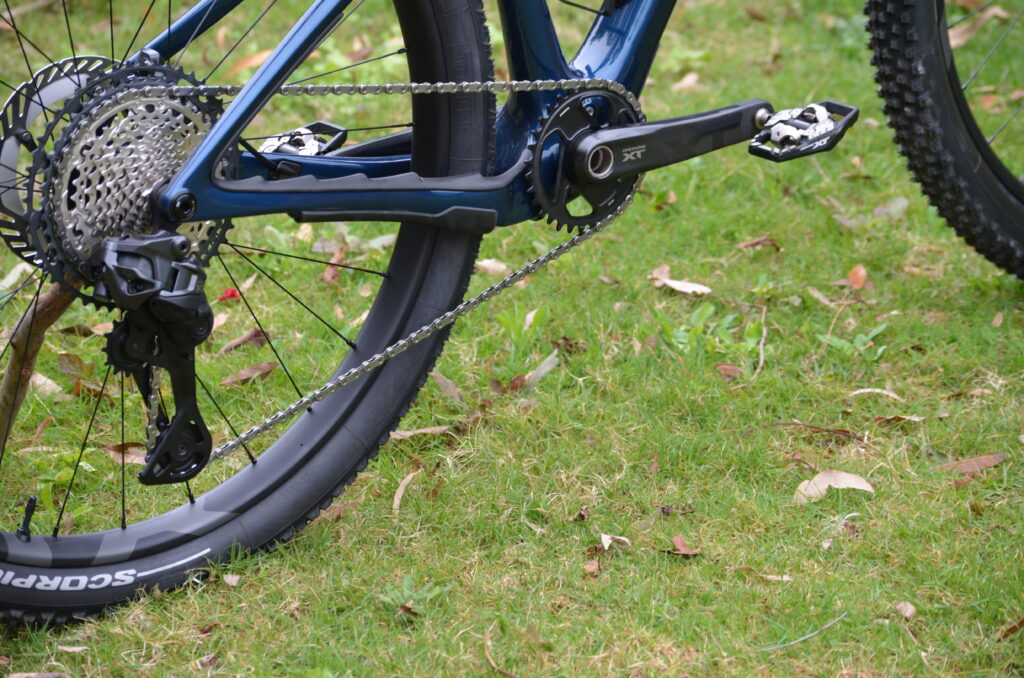
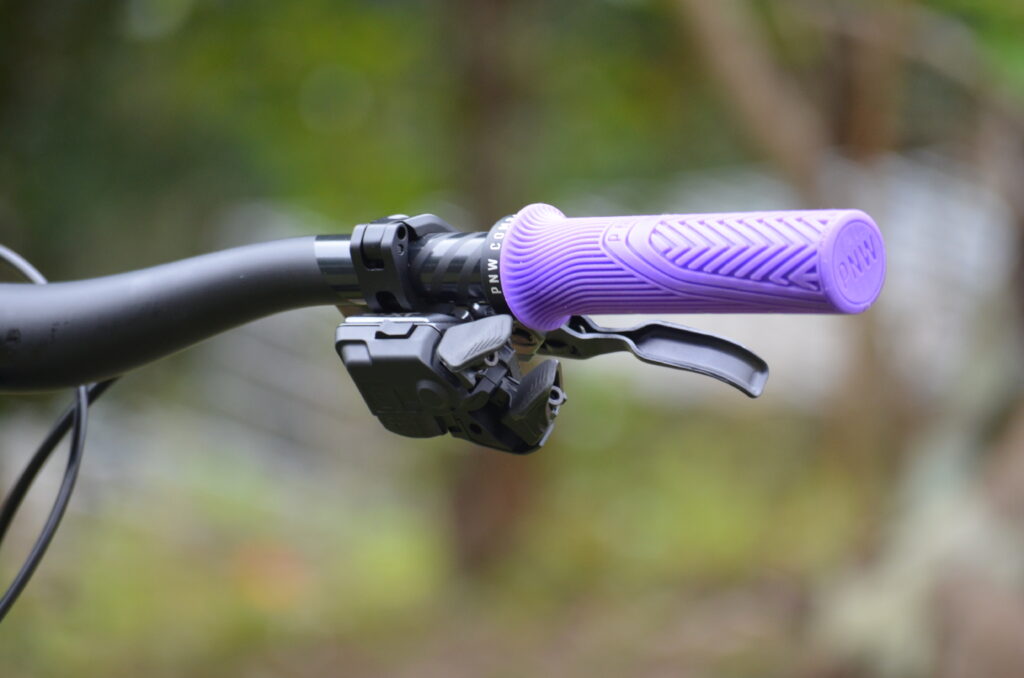
What’s immediately noticeable is that with the omission of a clutch on the rear derailleur, it innately features a lot of tension. You’ll need to pair up your shifter and derailleur combo in order to actuate any shifting, so do this before you install your chain.
Pairing with the app was simple, you need the battery installed and hit a button on the rear derailleur to pair, then the shifter install is via a QR code located on the inner underside of the lever, then pairing is as easy as hitting a few more buttons. In the future, it’s easy to pair the shifter and rear derailleur using both shift buttons and holding down the button on the derailleur. Adjusting the B-tension is a must do before you move on, which is done by the adjustment screw on the rear of the derailleur.
While you can raw-dog chain installation by moving to the largest cassette sprocket and removing four links, then testing the slack at the other end of the range (then removing more links as required), if you’re a person of precision I recommend heading to Shimano’s chain setup guide for a bike-specific chain length estimator.
Limit screws are as normal for mechanical derailleurs, though they were probably the most difficult for me to actually get right (and clearly I missed the mark a little, having a chain off behind the cassette on my first ride – not ideal, but something I am happy to put down to user error and/or a byproduct of excess wine).
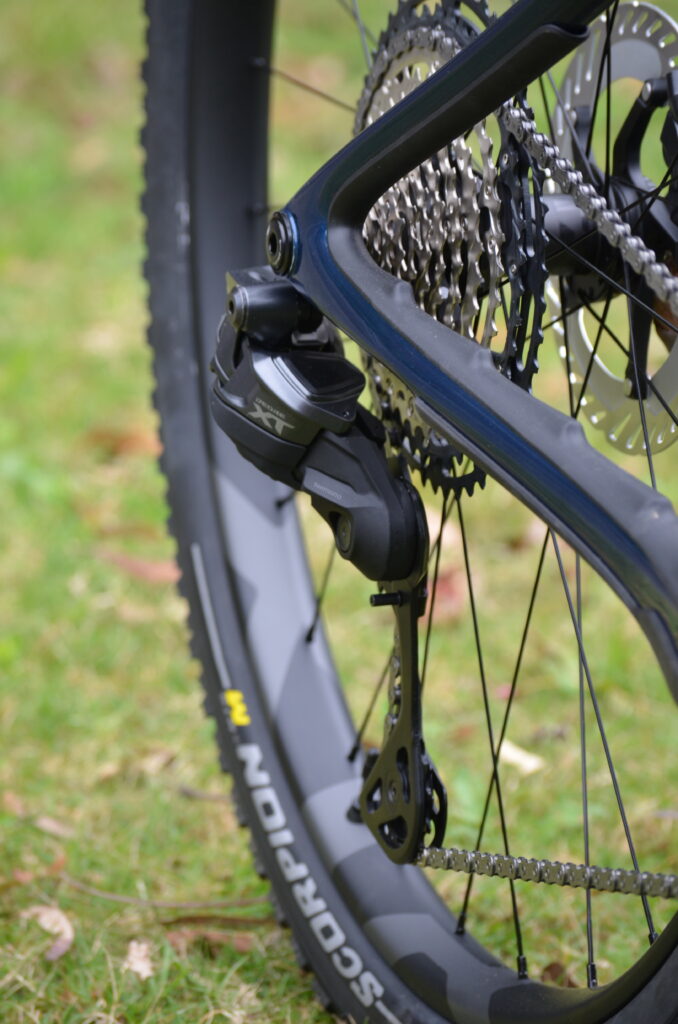
Derailleur adjustment is pretty simple via the E-Tube app, which displays gears and available adjustment that can be done with a few simple taps. It’s easy to trouble-shoot issues by heading to the cog icon in the bottom right of the app – confusingly rear derailleur tech details are listed under ‘adjustment of the shifting unit’ menu option under maintenance.
For on-the fly adjustments, you can press and hold the third button on the shifter which puts the XT rear derailleur into micro adjustment mode. In this mode each click becomes a small step in the shift to allow it to be tuned with precision – without the need to connect to the app. Simply hold down the button again to quit this feature.
The E-Tube app is also the place to set up that third-button functionality and changing options for multi shift. You can choose to multi-shift the entire length of the cassette if you desire, or limit the multi-shift to 2–3 gears only. This is also the spot where you can customise shift speed. For my first few rides I have it set to ‘normal’, but you have two options of speed increases either way (fast and very fast, and on the other end slow and very slow). Shimano states that speedier shifting will be…well, speedier, but may lack some of that crisp of slower options – time will tell.
How Shimano Deore XT Di2 Handles Real Trail Conditions
Just finishing up the build last week, I have managed a weekend of riding on the new Deore XT Di2 and so far, my impressions are good. Without having ridden on the new XTR Di2 release (though as a caveat, I ran an older generation of wired Di2 XTR on my Rocky Mountain Element race bike, circa 2018), I am mainly comparing the drivetrain to my SRAM XX AXS Transmission – admittedly SRAM’s answer to Shimano’s XTR-level offerings.
Initial impressions are mainly around shift speed and shifter ergonomics – the speed certainly is a little zippier than SRAM AXS, even when set to ‘normal’ shift speed, and the ability to endlessly multishift is certainly a fun feature I can see embraced by anyone who rides technical trails at pace. After all, who hasn’t come into a creek or gully at speed and needed to dump a bunch of gears to get out the other side?
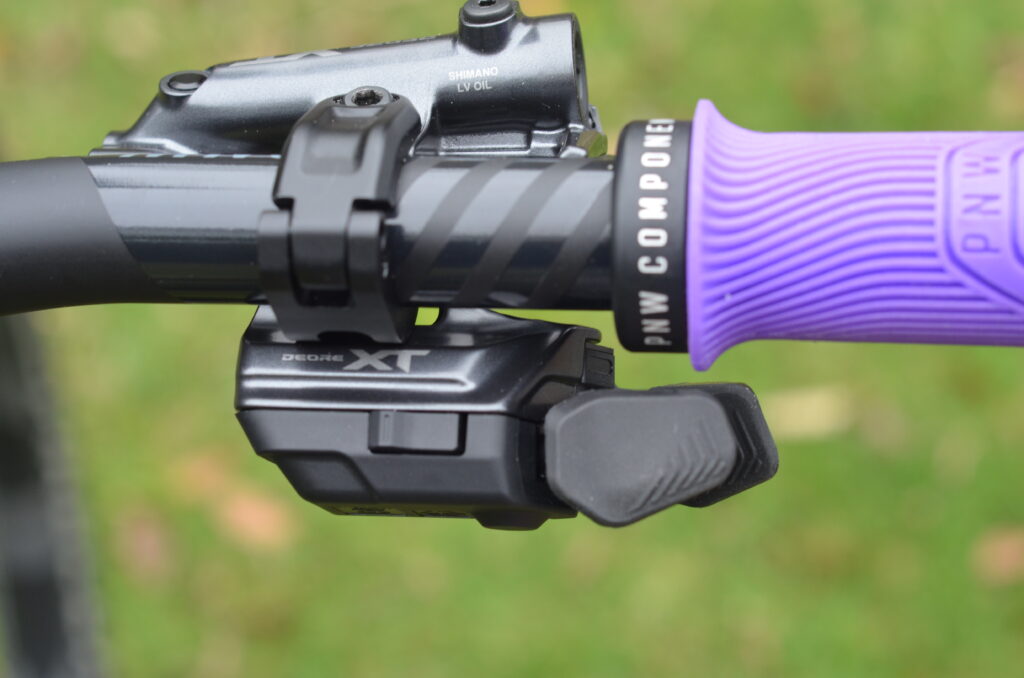

There are three axis’ of adjustment on the Deore XT lever, and when installed the default settings feel very similar to former generations of XT or XTR shifters. Those used to the trigger style shifting of former units may be disappointed, but it’s a small qualm for an overwhelmingly positive shift experience. The action is light on the shift lever, and it’s super easy to become acquainted with the multi-shift – a definite unsung hero in the feature list of the newly released Shimano drivetrains.
Perhaps if you’re only using SRAM’s AXS rocker paddle or pod shifter it may take a little longer to get used to the Deore XT Di2 shifter, but almost all of us will have used a regular shifter in our forays into the trails, and I found it easy to feel immediately at home with the shifter ergonomics.
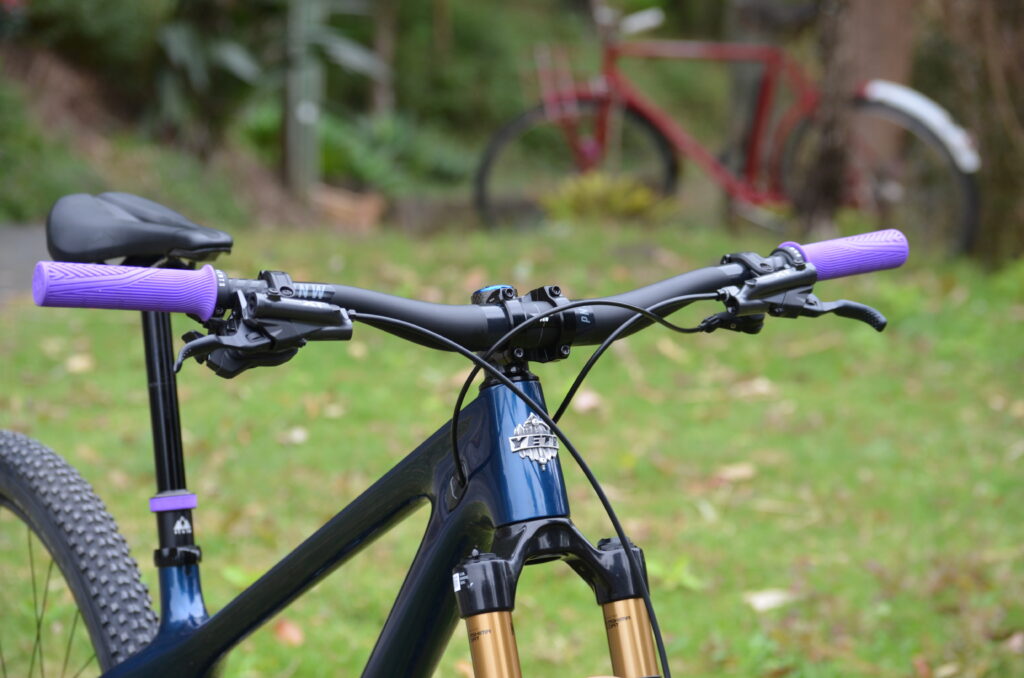
The rest of the drivetrain? Well to test the XT Di2 derailleur’s claims of hardiness, I headed straight up to the Sunshine Coast to play at Parklands. It’s a wiggly, slow technical trail network made slower by endless unseasonal rain – while there’s nothing jaw dropping in terms of big technical features, it’s a network that will beat you up with consistently rocky, rooty terrain.
While there were a few disconcerting ‘thwunnnkkk’ noises emitted by the new XTR Trail wheelset on the relentless rockgardens, the only drivetrain mishap I had was the one alluded to earlier – a slightly misaligned limit screw. In the technical, wet and boggy conditions shifting didn’t miss a beat, and the constantly undulating terrain saw a lot of shifts. Plus, the XT Trail brakes were magic – a full review of these is upcoming.
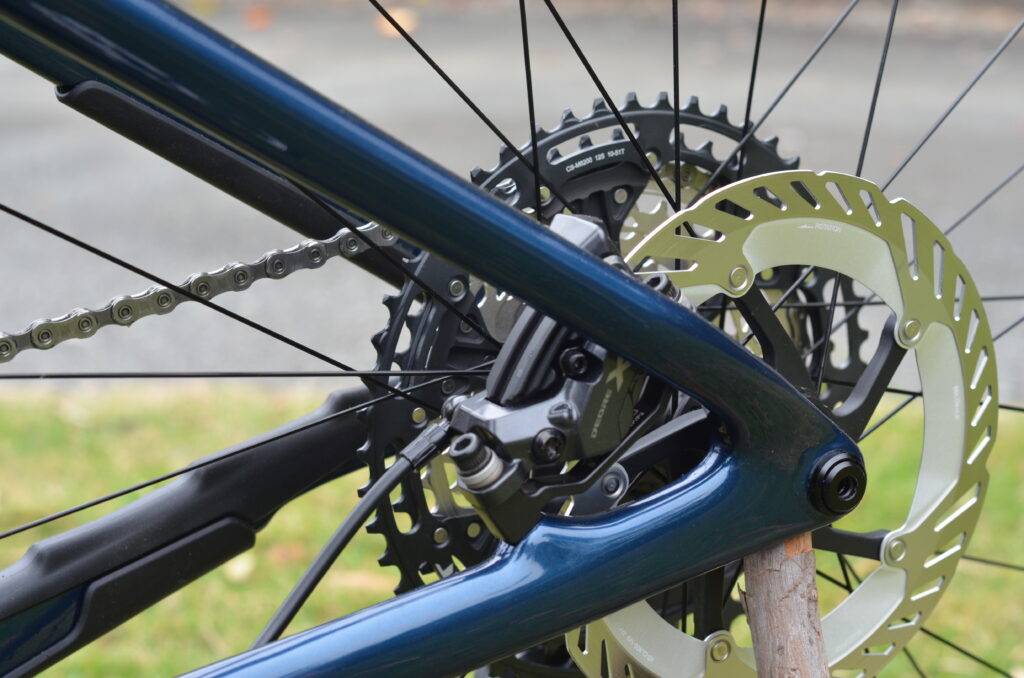
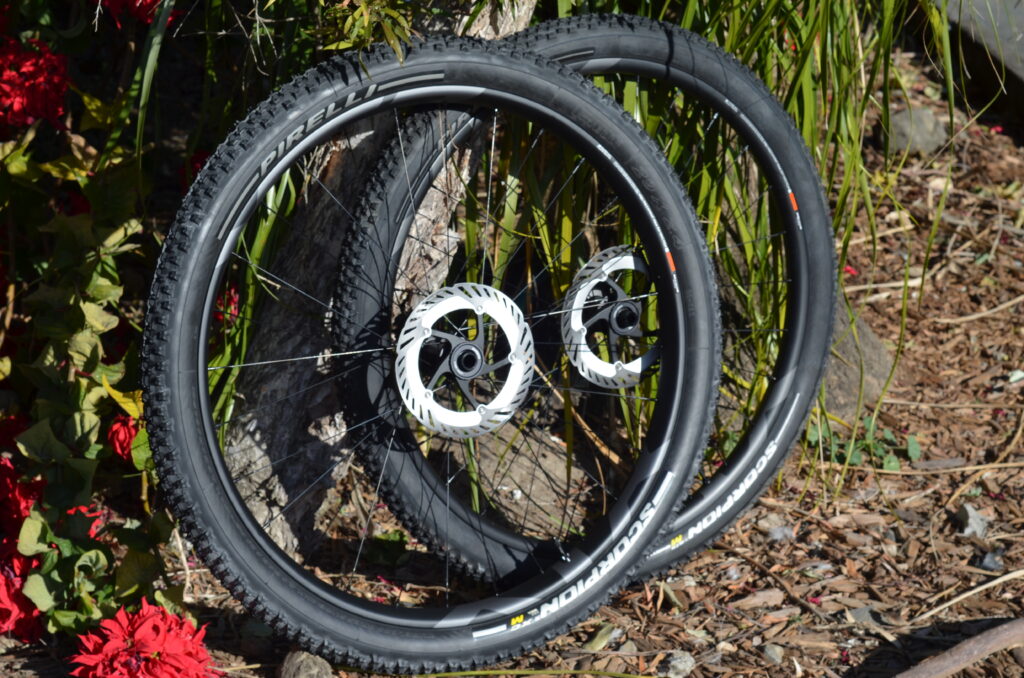
Since then, I have headed to Brisbane’s northside – once known for its off-camber, gravelly cross-country loam, but now it’s more pump track than tech and can confirm that in good conditions it doesn’t miss a beat. Plus, with some more finessing on the rear derailleur I have had no further chain incidents – phew!
First ride verdict on Shimano Deore XT Di2
While I am riding and rating the new Shimano Deore XT Di2 drivetrain for the next few months in order to put a lot of miles and time on the unit for a long-term review, including a full ride from charge to empty for a validation of battery range, and update on the durability of the clutch-less derailleur.
As a first impression, considering the relative ease of build and consistent performance I am mighty impressed. While XT doesn’t feature the ultra-lightweight prestige of XTR, it’s always been the option that’s almost as good as XTR, but just over half the price. For that reason alone it’s worth considering the new Shimano XT drivetrain. That…plus the appealing zzt zzt of an electronic drivetrain.

